Colors
As any artist will tell you, creating colors is an art. And that art is all the more challenging when the canvas changes from simply blank white to the natural material of wood. Each piece of wood has its own color, grain and depth that affects the appearance of the color applied to it. The artisans at LED Coatings Solutions have extensive training in color theory and decades of practical experience at applying that theory to real life when it comes to wood flooring, cabinetry and more. They can use their expertise to create a bespoke color for a high-end installation, match a complicated color in an existing space or create proprietary colors for a wood floor finishing line.
Tips for samples
Show a large sample: Wood is a product of nature, which is why humans are naturally drawn to its beauty. Because it’s created by nature, not man, variation is inherent in wood flooring. That’s why it’s so important to show samples to clients that represent the full variation of the wood grain and color that will be present in the entire floor. Showing clients just a small sample of one or two boards can lead to unrealistic expectations for consistency in a natural wood floor. Know the lighting: Color will appear drastically different based on the lighting in the space. When looking at the color of the sample with the client, or when trying to match an existing sample, make sure the lighting is the same temperature and CRI (color rendering index) as the lighting that will be present in the space where the flooring will be installed. Make sure all finishes are completely cured: The color of finish changes as it cures. For most finishes, this process takes weeks or months. A huge advantage of LED-cured finishes is that they are instantly cured, so you can be confident about the color in a newly made sample.
Why using reactives to create colors is a bad idea
In today’s oil finish market many companies use reactives to help create colors in the wood. As their name implies, “reactives” react chemically with the actual wood, usually white oak, to create the color. One issue with reactives is that the colors created are very limited, so manufacturers add dyes to them to broaden their color options. Dyes are notoriously unstable over time, so the colors created will change over weeks, months and years. Another issue with reactives is that they are extremely difficult, if not impossible, to reproduce accurately at a later date. If there is a repair necessary in a wood floor five years after the floor was installed, the wood flooring professional will not be able to use the same process to make the new repair match the existing flooring, as the color will have changed. In that situation, the only option will be to resand the entire floor or hire wood floor color experts such as the ones at LED Coatings Solutions to figure out a formula to match the existing flooring—an extremely difficult process.
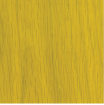
14408 Yellow Ral
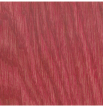
114407 Red Ral
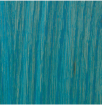
114406 Blue Ral
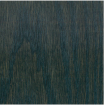
1193170 Black Ultra
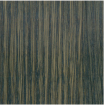
113231 Charcoal
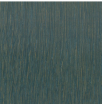
114267 Dark Grey
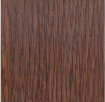
114210 Mahogany
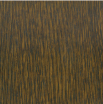
113167-1 English Color Ultra
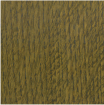
114240 Sepia Brown
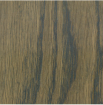
114219 Clay
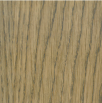
114220 Sand

113006 Soft Grey
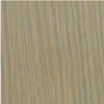
114365 Old Grey
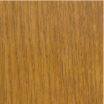
113137 Cherry
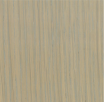
113215 Mud Light

113223 Smoke 5%
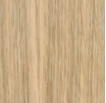
113040 Natural White
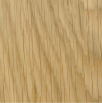
11000 Pure (Clear)